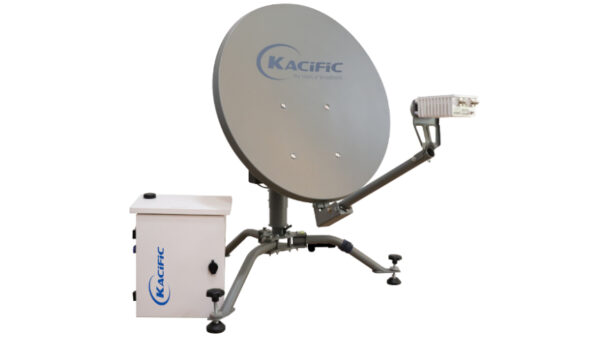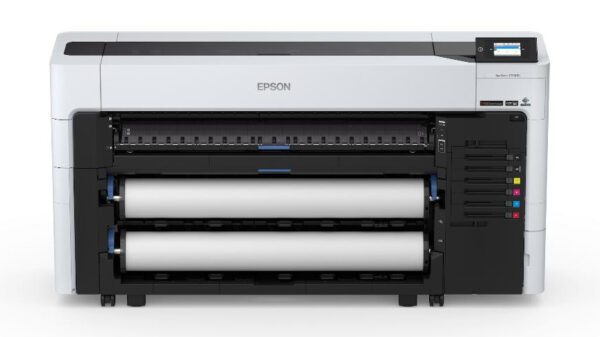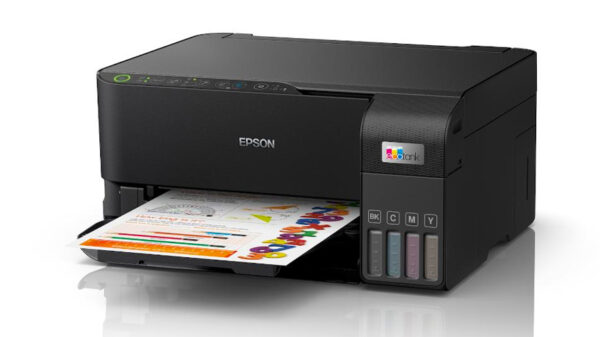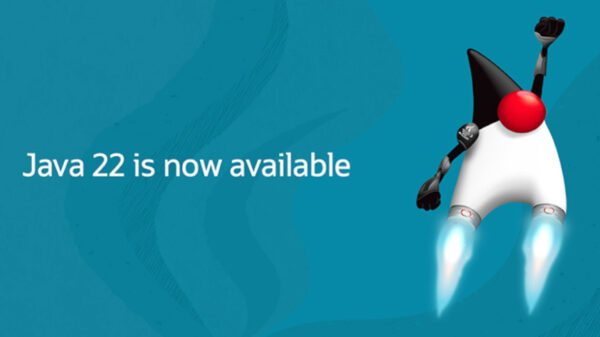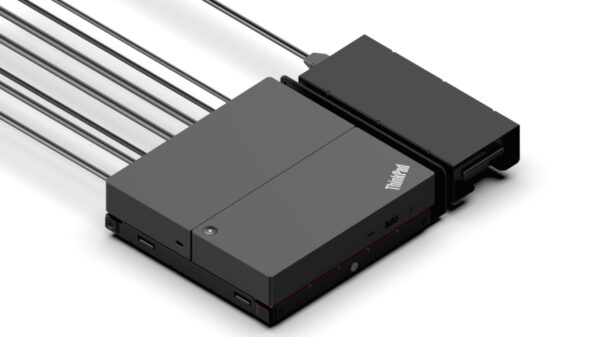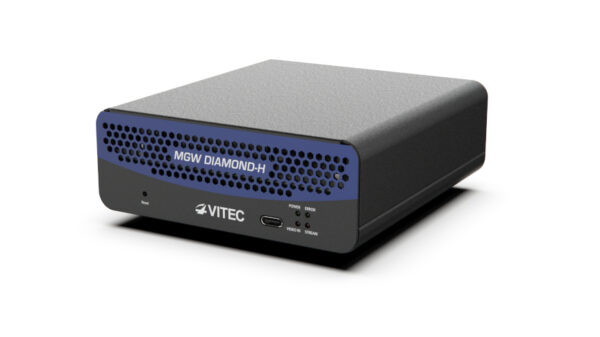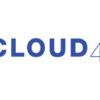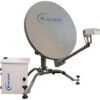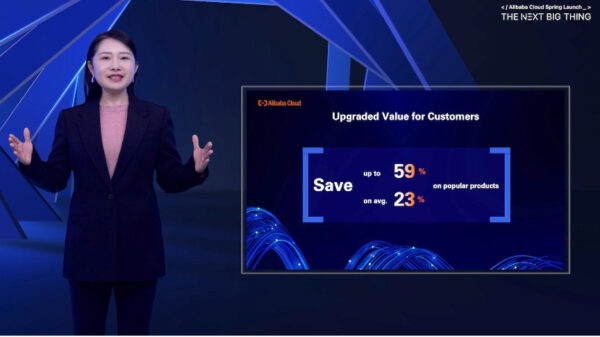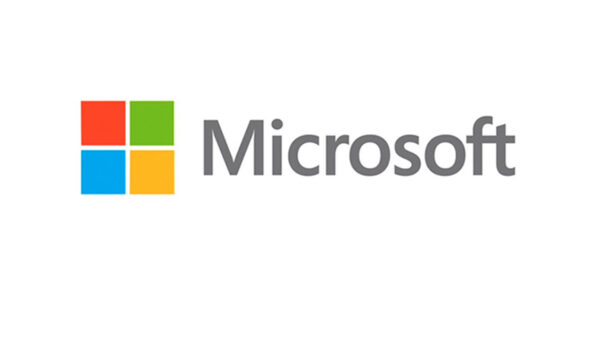By Gibu Mathew
VP and GM APAC, Zoho Corp
Southeast Asia’s digital transformation has been impressive as the region is now poised to reach a projected digital economy worth USD 360 billion by 2025. With digitalization, the region bore witness to various emerging trends in the workplace from hybrid and remote working, upskilling and reskilling the workforce, as well as the rise of Software-as-a-Service (SaaS) adoption in a bid to build resilience and prepare for business continuity.
Arduous Effort For SMEs
This year, the Southeast Asia region is projected to reach USD 2.76 billion in SaaS revenue with an expected annual growth rate at 9.79%. This growth marks a lucrative boon for technology vendors and highlights the potential and interest in SaaS platforms when it comes to the future of work. SMEs need to be conscious that there are hidden costs of digitalization, among which, costs of upskilling and reskilling employees can be out of reach for many smaller businesses, resulting in slower productivity, and a lower return on investment from digital investments.
At the same time, one-third or 150 million of Southeast Asians have limited access to technologies, making it harder for businesses to adopt digitalisation, resulting in non-uniformed growth, with many businesses, especially small- and medium-sized enterprises (SMEs) struggling, even before advanced digital capabilities such as automation come into play.
With the number of SaaS platforms available in the market, IT leaders in mid-market businesses are also facing the challenge of picking the right vehicle for business success. At the same time, this challenge is compounded with the difficult reality of hiring the right talent to maximize the utility of these platforms. These challenges, while minute for larger corporations, would be significantly amplified for small and mid-market businesses, especially those that have taken the digital plunge only in recent years.
Simplifying Digitisation With a Unified Marketing Platform
With the challenges mentioned above, how can small and medium enterprises make sense of SaaS, sufficiently digitise, embrace business continuity without having to rebuild their business from scratch? A SaaS platform that keeps your employees aligned with business goals will ensure internal deadlines are met as well as inspire a collaborative workplace, be it hybrid or remote.
Firstly, the SaaS should have a guided onboarding process to help employees setup the platform to achieve best practices for the software as well as easily customize to meet specific business needs. For example, a marketing team that is adopting a new unified marketing platform will be able to use the software almost immediately and not be overwhelmed with the technology with a good onboarding process that is built into the platform. This will help to greatly reduce any required training time as well and adoption time for the new software, allowing for the business to reap benefits from the technology in a shorter timeframe.
Secondly, companies should consider how platforms ‘unify’ their business. Do they have a comprehensive and holistic view of their whole business on a singular screen? While most platforms would feature a dashboard, many result in the fragmentation of the work; forcing people into silos instead of encouraging collaborative effort.
Along this line, does your SaaS platform enable integrated data analysis, track the customer journey, provide actionable insights and deliver hyper personalized customer experiences? With today’s digital business made available on omni-channel streams, the ability to identify customers throughout their customer journey is essential, not only to engage them with meaningful communication, but also for opportunities to inspire loyalty, drive revenue and trigger repeatable sales. When businesses can harness their data, they can unlock further capabilities including predictive analysis, cognitive analytics, and the proficiency to foresee future customer behavior and act in anticipation to delight the customer.
Largely this workload will be assisted by automation, which enables the enterprise to inject the right communication messages to drive specific consumer behavior on a cyclical frequency based on your business needs. Being able to better manage your customer relationships in this digital age will yield better bottom lines, and drive higher return of investment on your platforms. With 79 percent of marketers across APAC identifying marketing automation as the next growth catalyst, Southeast Asian businesses would benefit tremendously to invest in this technology today.
As consumers conduct their daily purchases online, brands that are data driven and able to deliver automated and personalized experiences will have the resilience and persistence to face any shifting consumer behaviors. Unified Marketing Platforms are here to stay, and businesses that can solve everyday customer problems can better navigate uncertainty and build deeper relationships with their audience.





